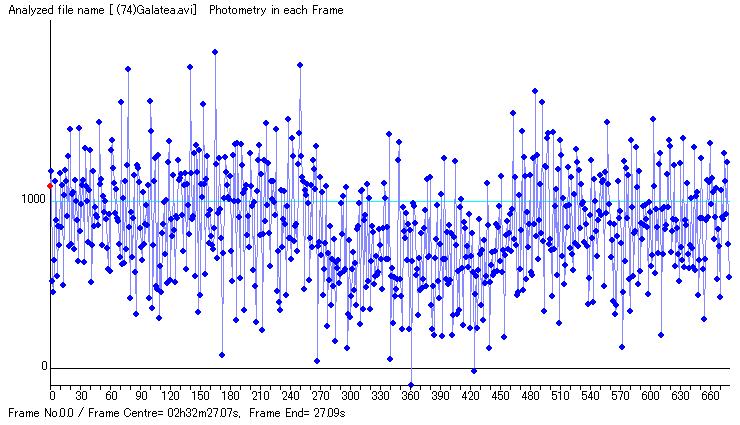
Analysis of Occultation TYC 0256-00381-1 by (74)Galatea on Feb.19 2008
Feb.24 2008
Kazuhisa Miyashita
Takashi Tsujitsuka kindly sent me an .avi file of occultation video observed on Feb.19 2008. When playbacking the video, he found a small magnitude drop during several seconds nearby the expected event time. Tsutomu Hayamizu reduced the time of disappearance and appearance, and compared with Kageyama's observation which obviously shows a magnitude drop during 6 seconds. There is some possibility of occultation of faint companion star by same asteroid. To confirm the cause of magnitude drop, the data is processed using moving average and FFT low-pass filtre. As a result, a flat bottomed drop become to apparent. It is considered that the magnitude drop is the result of an occultation by a object such as an asteroid.

Figure 1. Luminous change obtained from a video observed by Tsujitsuka.
(Aperture radius=7 ; Background Inner radius=10 ; Outer radius=25)
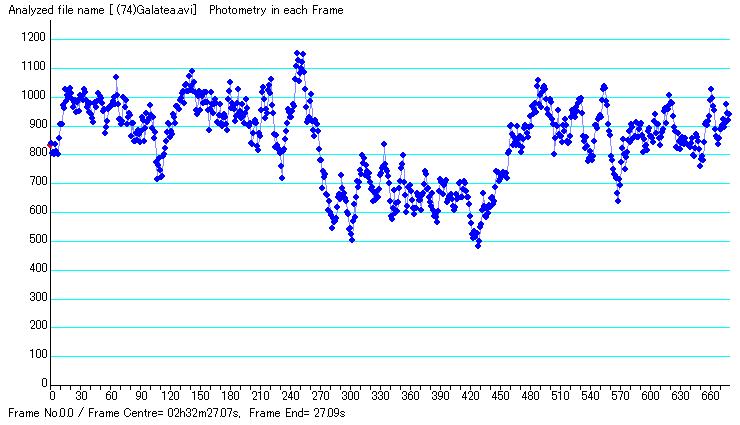
Figure 2. Result of moving average on each 7 frames.
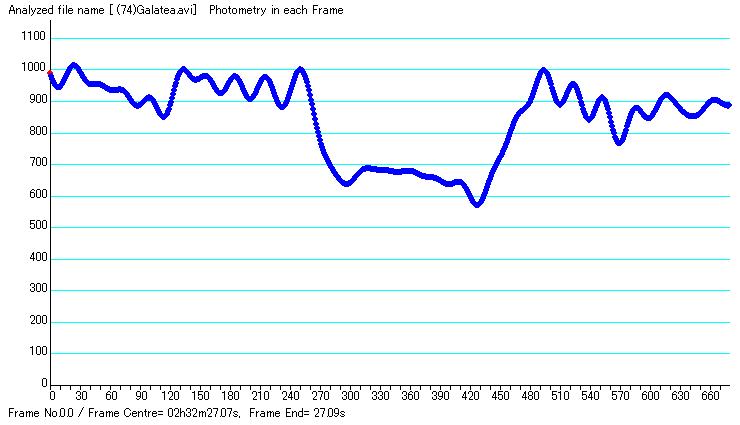
Figure 3. Low-pass filtered at 1.2Hz cut off.
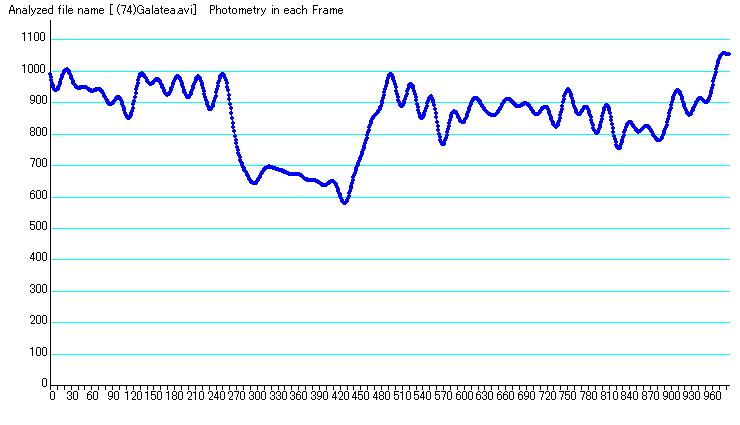
Figure 4. Entire graph of the data which is low-pass filtred at 1.2Hz cut off.
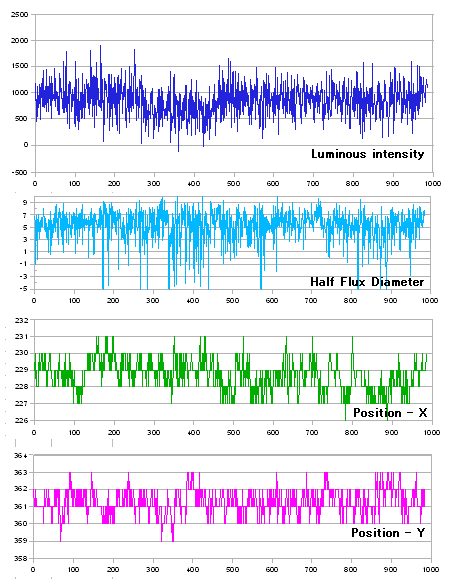
Figure 5. Half Flux Diameter and position of aperture region.
Half flux diameter did not increase in a period of magnitude dropping (figure.5). It means the star profile was not spread by the turbulent of air . And the measurement region did not stay at the unique site during dropping time. It is considered that the magnitude drop was not caused by the weak pixels.
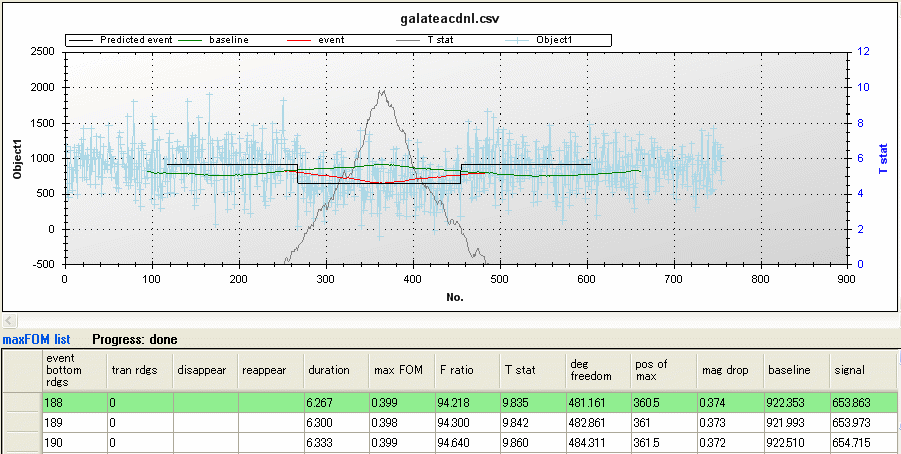
Figure 6. Analyzed using Occular
It is considered that the droping occured form No.267 frame to No.254 frame.